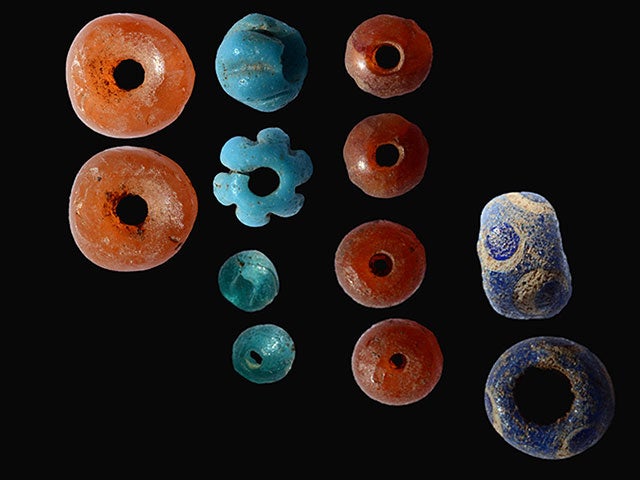
Archaeologists Try to Decipher 4,000-Year-Old Rock Art in Israel
JERUSALEM, Israel – Israeli archaeologists discovered the first ancient rock art ever documented in the Middle East on a 4,000-year-old dolmen in the Galilee.
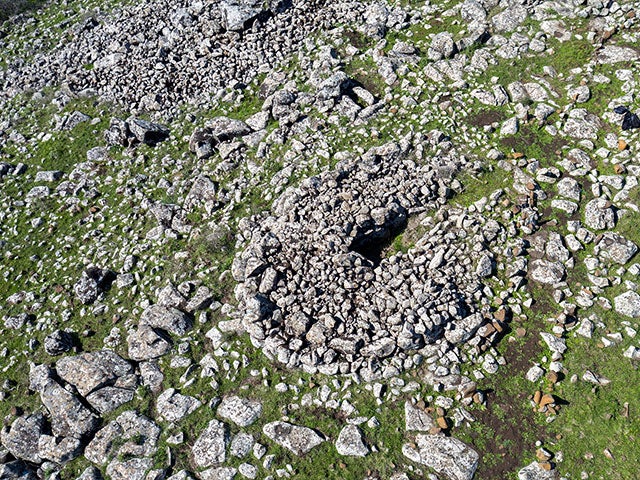
A team of archaeologists from Tel Hai College, the Hebrew University of Jerusalem and the Israel Antiquities Authority discovered the dolmen near Kibbutz Shamir in the upper Galilee.
The dolmen is one of more than 400 large stone structures researchers of the Intermediate Bronze Age, more than 4,000 years ago, are studying. The rocks were found in a field near the kibbutz.
Prof. Gonen Sharon, with the Galilee Studies Program at Tel Hai College, entered the chamber beneath the largest dolmen, where he was delighted to discover rock drawings engraved on the ceiling.
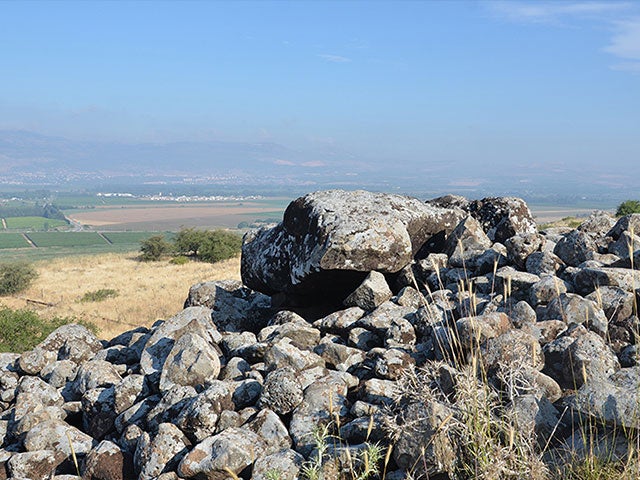
"What makes this dolmen so unique is its huge dimensions, the structure surrounding it and most importantly the artistic decorations engraved in its ceiling," the archaeologists said in a study published last weekend in the scientific journal, PLOS One.
Prof. Sharon's discovery led to a research project on the dolmen and its surroundings, which produced new revelations about the huge stones in Israel.
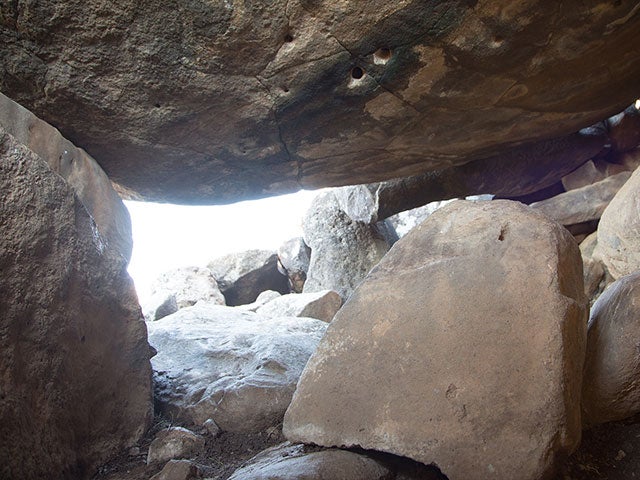
"This is the first art ever documented in a dolmen in the Middle East," said IAA archaeologist Uri Berger, who took part in the study. "The engraved shapes depict a straight line going to the center of an arc."
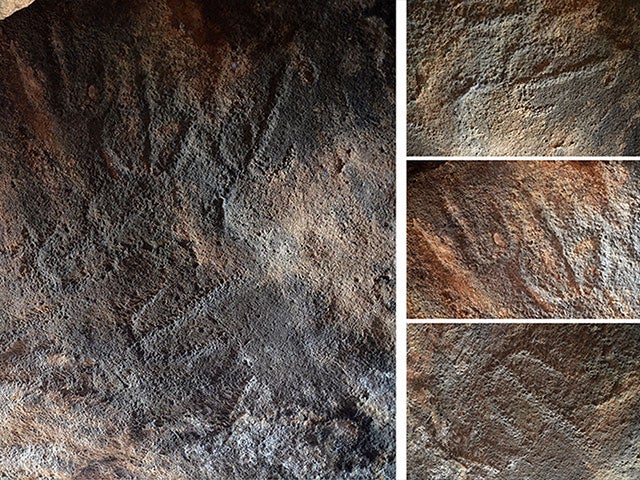
Berger said about 15 engravings were spread "in a kind of ark" on the dolmen's ceiling.
"No parallels exist for these shapes in the engraved rock drawings of the Middle East, and their significance remains a mystery," he said.
Researchers scanned the drawings in the field, using Hebrew University's Computerized Archaeology Laboratory. A new technique allowed them to produce a three-dimensional model of the drawings.
"The three-dimensional scan enabled us to identify engravings that otherwise could not be seen with the naked eye," said laboratory director Prof. Lior Grossman.
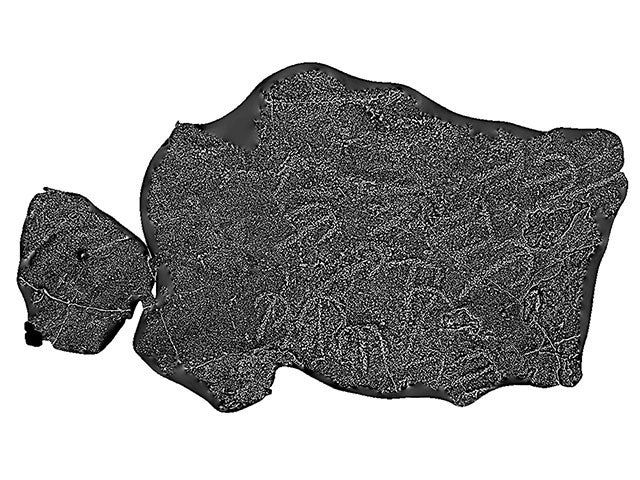
The discovery represents the first time such a hierarchical dolmen has been identified in the Middle East.
"The gigantic dolmen at Kibbutz Shamir is without doubt an indication of public construction that required a significant amount of manpower over a considerable period of time," Prof. Sharon continued.
"During that time all of those people had to be housed and fed. The building of such a huge construction necessitated knowledge of engineering and architecture that small nomadic groups did not usually possess. And even more importantly, a strong system of government was required here that could assemble a large amount of manpower, provide for the personnel and above all direct the implementation and control of a large and lengthy project."
